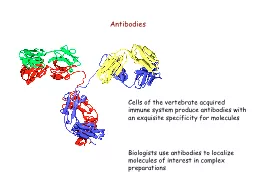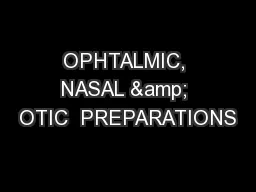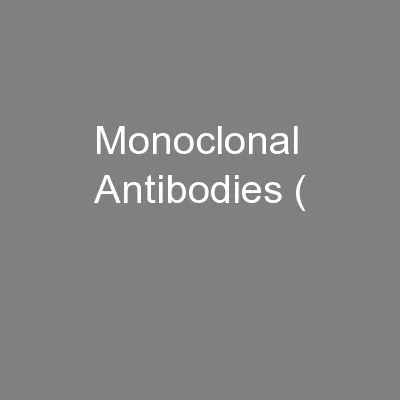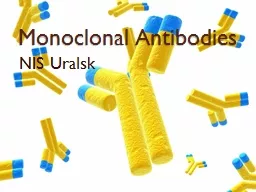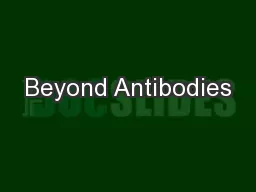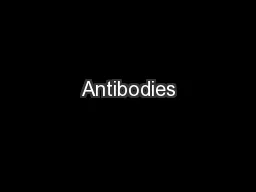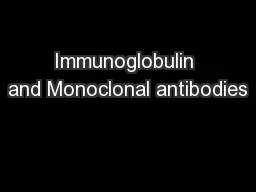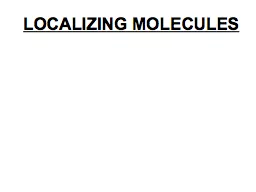PPT-Biologists use antibodies to localize molecules of interest in complex preparations
Author : mila-milly | Published Date : 2022-06-07
Antibodies Cells of the vertebrate acquired immune system produce antibodies with an exquisite specificity for molecules CIL10233 Hippocampal neurons Actin red tubulin
Presentation Embed Code
Download Presentation
Download Presentation The PPT/PDF document "Biologists use antibodies to localize mo..." is the property of its rightful owner. Permission is granted to download and print the materials on this website for personal, non-commercial use only, and to display it on your personal computer provided you do not modify the materials and that you retain all copyright notices contained in the materials. By downloading content from our website, you accept the terms of this agreement.
Biologists use antibodies to localize molecules of interest in complex preparations: Transcript
Download Rules Of Document
"Biologists use antibodies to localize molecules of interest in complex preparations"The content belongs to its owner. You may download and print it for personal use, without modification, and keep all copyright notices. By downloading, you agree to these terms.
Related Documents

